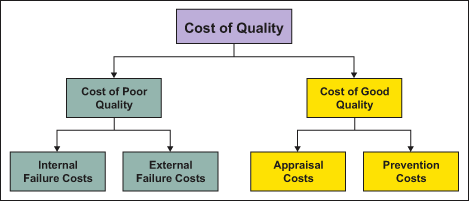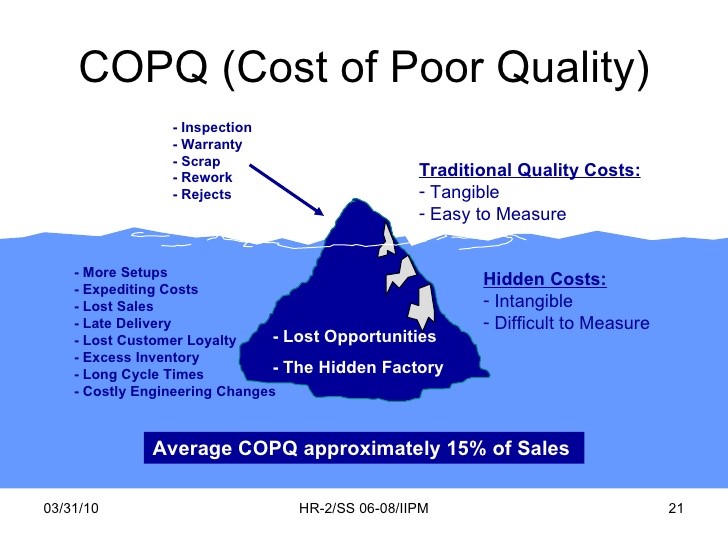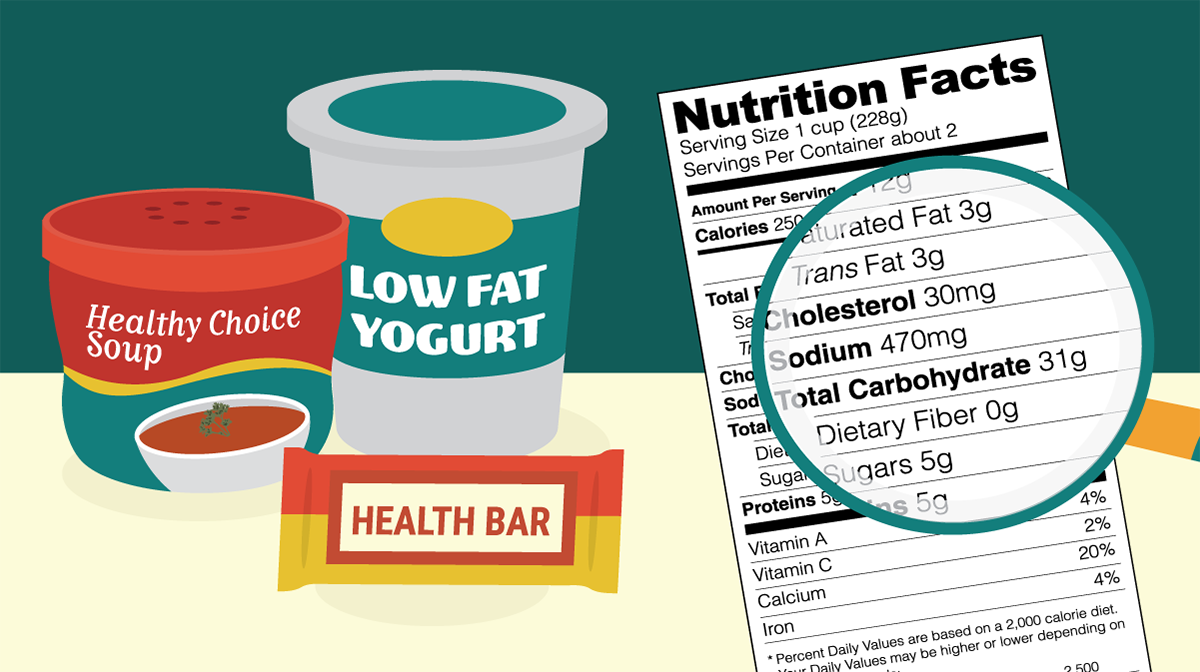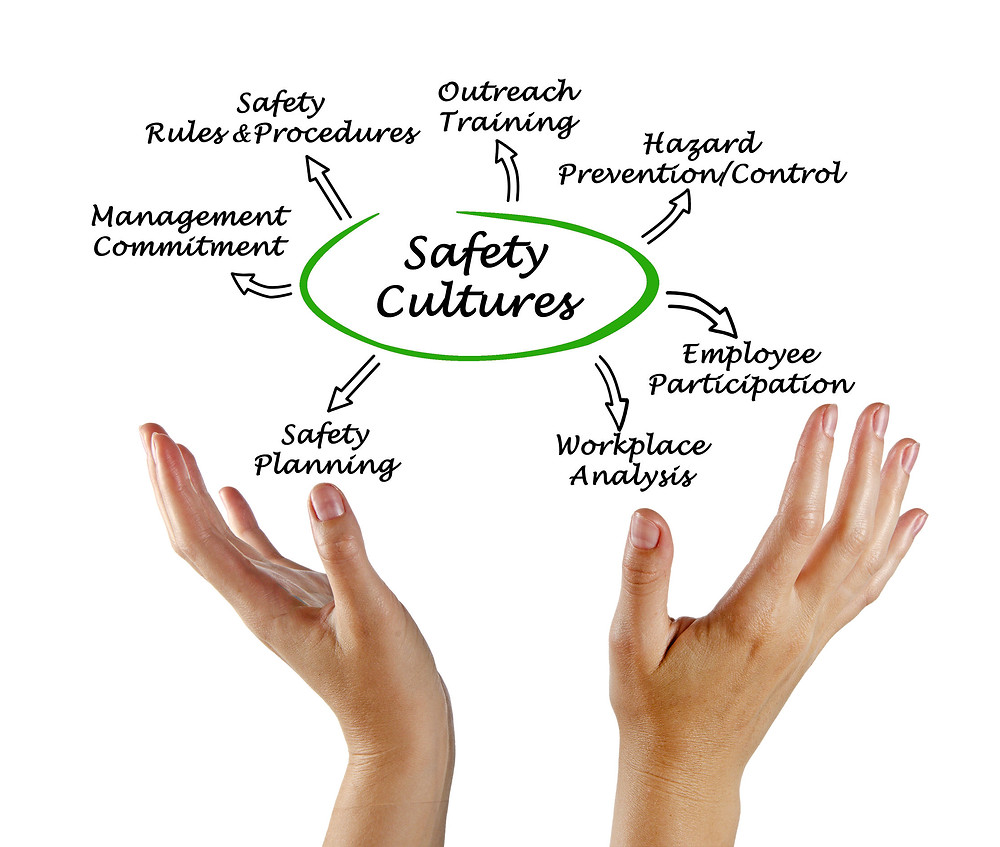Currently Empty: ₹0.00
Create a culture of Quality for better product or service
Quality is much more than describing a product or service as “good.” Quality is a subjective term for which each person or sector has its own definition.
Definition of quality
The term “quality” has a relative meaning. ISO defines it as: “The totality of features and characteristics of a product or service that bear on its ability to satisfy stated or implied needs”. Quality is the degree to which an object or entity (e.g., process, product, or service) satisfies a specified set of attributes or requirements. It is the degree to which a set of inherent characteristics fulfills requirements. A product or process that is reliable, and that performs its intended function is said to be a quality product. It is in other words, the degree to which something meets or exceeds the expectations of its consumers. ‘Quality’ is generally referred to a parameter which decides the inferiority or superiority of a product or service. It is a measure of goodness to understand how a product meets its specifications. For any customer it is the totality of features and characteristics of a product or service that bears on its ability to satisfy given needs.
What is quality?
Quality is not a program or a discipline. It does not end when you have achieved a goal. Quality needs to live in the organization as the Culture of Quality in which every person experience and understands the need for dedication to its values. Quality is a continuous race to improvement with no finish line.
Quality is about maximizing productivity and delighting customers while protecting our people and our resources from the harm that results from shoddy processes and careless oversight. Quality is an approach that should be the goal of every organization from business and manufacturing to healthcare, government, and not-for-profits.
Quality is both a perspective and an approach to increasing customer satisfaction, reducing cycle time and costs, and eliminating errors and rework using a set of defined tools such as Root Cause Analysis, Pareto Analysis, etc.
How to develop a culture of quality in an organization
Organization can create a quality culture in their environment. Employees working in such environment “live” quality in all their actions. When such cultural changes are brought about, every employee become passionate about quality as a personal value rather than simply obeying the instructions given to them. We define a “true culture of quality” as an environment in which employees not only follow quality guidelines but also consistently see others taking quality-focused actions, hear others talking about quality, and feel quality all around them. This results in quality outputs in term of products and services.
Interviews with the quality function leaders of multinational corporations and survey of employees in a range of functions and industries and at all levels of seniority has given an insight which is surprising. Most notably, many of the traditional strategies used to increase quality—monetary incentives, training, and sharing of best practices, for instance—have little effect. Instead it has been found that companies that take a grassroots, peer-driven approach develop a culture of quality, resulting in employees who make fewer mistakes—and the companies spend far less time and money correcting mistakes.

In exemplary cultures, leadership demonstrates its commitment to Quality by providing the necessary support to Quality initiatives and communicating about Quality values in clear and unambiguous language. Employees encourage sharing ideas and cross-functional work, while feeling that leadership trusts them to be pro-active and to apply their Quality and problem-solving skills according to their best judgement. A culture of Quality is therefore only possible when leadership and workers share an aligned and comprehensive understanding of not only the core values and processes they use and espouse, but their fundamentally basic assumptions of the nature of work and human relationships on which those core values rest.
Who is responsible for Quality ?
“Quality is everyone’s responsibility, but top management have more leverage in their decisions than anyone else.”
The initiative for Quality must come from the top. While responsibility for implementation and execution will lie with a Quality leader in a dedicated Quality department with support from their counterparts in operations, engineering, sales, marketing, and IT, the desire to implement Quality standards throughout an organization must come from the leadership team. They must walk the talk for a Quality program to be successful.
Cost of Quality
Cost of Quality (COQ) is a way of measuring the costs associated with ensuring that a Culture of Quality thrives in an organization, as well as the costs associated with Quality failures.There are four types of Quality-related costs:

- Prevention costs.
- Appraisal costs.
- Internal failure costs.
- External failure costs..
The Cost of Poor Quality (COPQ) and its consequences can be difficult for organizations to measure, and it can be a struggle to convince executive stakeholders. Costs associated with process failures inside the organization include:
- Excess scrap and waste material created by inefficient manufacturing processes,
- Rework on defective or damaged products before they ship to market, and,
- Retesting and analyzing processes and procedures to determine point of failure. If poor Quality is not caught before products or services make their way to end customers, the external costs can include those associated with:

- Lawsuits,
- Recalls,
- Warranties,
- Complaints,
- Returns,
- Repairs,and,
- Field support.
Hidden costs associated with COPQ can include:
- Decreased employee engagement
- Higher employee turnover and attrition
- Employees addressing Quality failures instead of focusing on Quality improvement through innovation
- Overtime costs
- Machine downtime
- Long-term customer dissatisfaction
- Brand damage
- Poor inventory turnover
- Decreased customer lifetime value
How to measure Quality
Quality of product should be periodically measured to ensure that there is a continual improvement in the product, or the services provided by the organization. It is generally measured using the seven tools
The seven tools are:

- Cause-and-effect diagram (also known as the “fishbone diagram” or Ishikawa diagram)
- Check sheet.
- Control chart.
- Histogram.
- Pareto chart.
- Scatter diagram.
- Stratification (alternatively, flow chart or run chart).
Conclusion
Let us all find ways to give quality products and services to our customers by bringing an organizational quality culture in all the business we run. Let us take it as our responsibility to make every customer happy and satisfied with our products and services.

Author: Asha has a Masters in Biotechnology with over 22 years of experience in Quality Control, Microbiology Research, Quality Management System, Proficiency Testing and Quality Audits. She is a senior consultant at Food Safety Works







